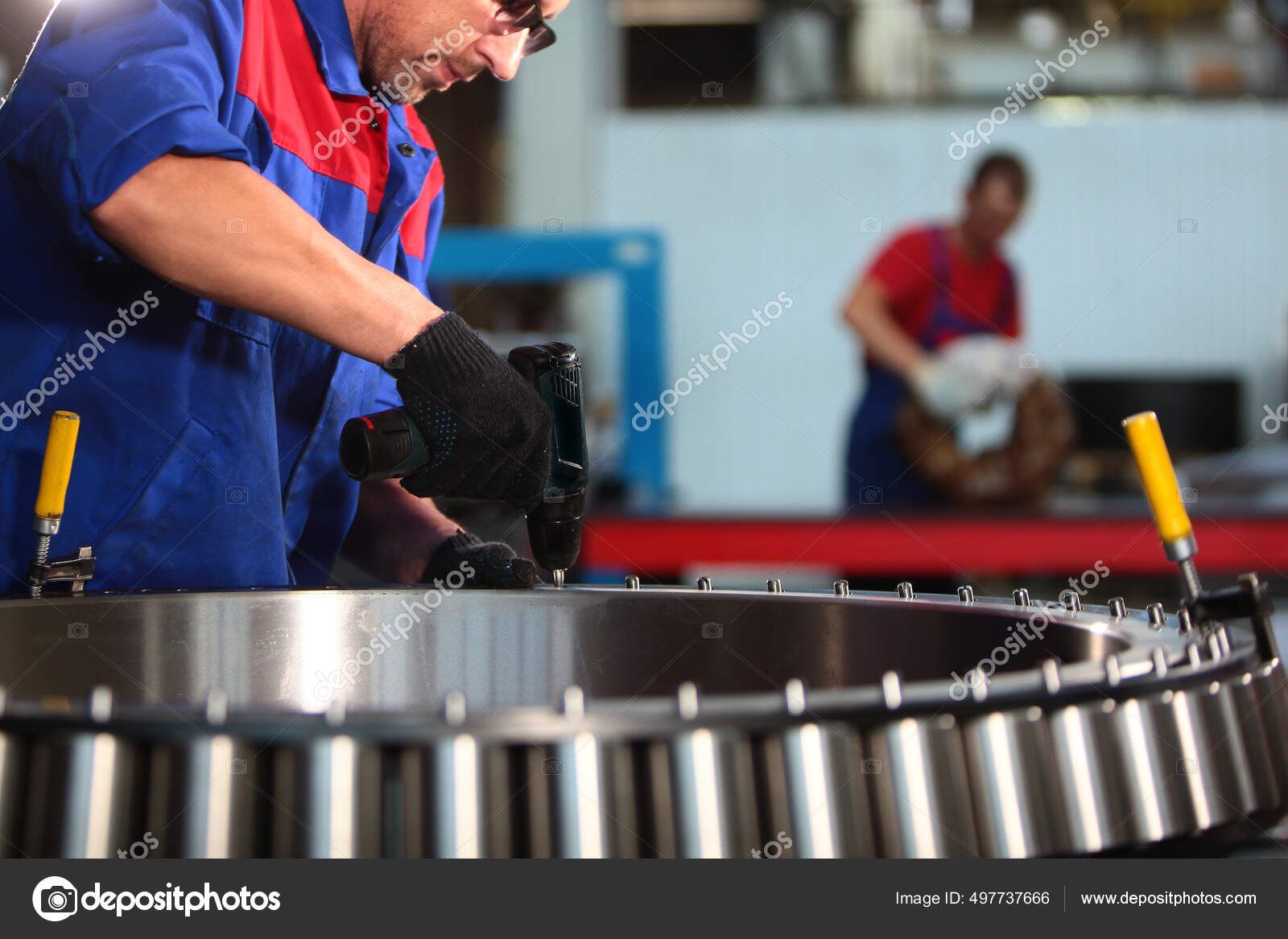Superior Performance Characteristics
Superior Performance Characteristics
Blog Article

Imagine a world where friction is minimal, speeds are maximized, and maintenance is a breeze. This is not just a dream for high-performance enthusiasts; it’s the reality that ceramic bearings bring to various applications. Whether in bicycles racing at high speeds, skateboards gliding smoothly, or high-tech machinery in industrial settings, the advantages of ceramic bearings are making waves. But what is it about these engineering marvels that has led to their increasing popularity? Let's delve into their unique characteristics.
Superior Performance Characteristics
Ceramic bearings, primarily made from materials like silicon nitride, offer unique properties that distinguish them from traditional steel bearings. One of their most notable advantages is their low friction coefficient. This means that they can spin faster and with less energy loss than their metal counterparts. For instance, in the world of cycling, a bicycle equipped with ceramic bearings can maintain higher speeds with less effort, making them a favorite among competitive cyclists.
Another critical aspect is their lightweight nature. Ceramic materials are typically lighter than steel, which contributes to overall system performance. This weight reduction is beneficial in applications where every gram counts, such as in aerospace engineering or high-performance racing cars. Additionally, the hardness of ceramics allows these bearings to withstand higher loads and provide a longer lifespan.
[IMAGE]
Durability and Corrosion Resistance
Ceramic bearings are not only about performance; they also excel in durability. Unlike steel bearings, which can rust and corrode when exposed to moisture or harsh chemicals, ceramic bearings are highly resistant to such conditions. This makes them ideal for applications in corrosive environments, such as marine or chemical processing. The longevity of these bearings can greatly reduce replacement costs and downtime, which is a significant advantage for businesses looking to maximize efficiency.
Reduced Maintenance Needs
One of the pressing concerns for industries and hobbyists alike is maintenance. Traditional bearings often require regular lubrication and periodic replacement due to wear and tear. However, ceramic bearings are typically self-lubricating and require less frequent maintenance. This factor alone can save time and resources, leading to increased productivity. For many users, this reduction in maintenance translates into a more convenient and cost-effective solution.
Considering all these attributes, it’s no wonder that more people are asking Why are ceramic bearings so popular? The combination of performance, durability, and low maintenance creates a compelling case for their widespread use across various industries.
Applications Across Diverse Fields
The versatility of ceramic bearings allows them to be used in a range of fields, from sports equipment to aerospace. In the realm of skateboarding, for example, ceramic bearings can significantly enhance the rider's experience by providing smoother rides and reducing the effort needed to maintain speed. In industrial applications, these bearings are increasingly being integrated into robotics and machinery due to their ability to operate at high speeds without overheating.
Conclusion: The Future of Bearings
The growing enthusiasm surrounding ceramic bearings is reflective of broader trends towards efficiency and performance enhancement in technology and engineering. As industries continue to seek ways to reduce energy consumption and improve machinery reliability, ceramic bearings stand out as a practical solution. With ongoing advancements in manufacturing techniques and materials science, the future looks bright for ceramic bearings, promising even greater innovations that will transform various sectors.
Report this page